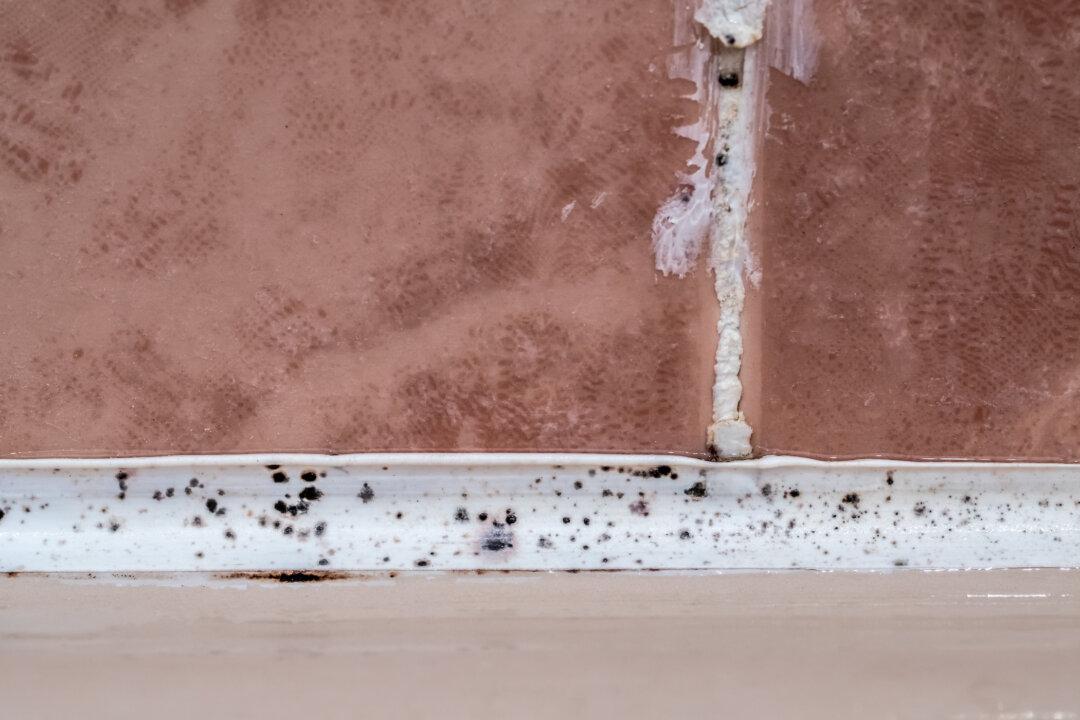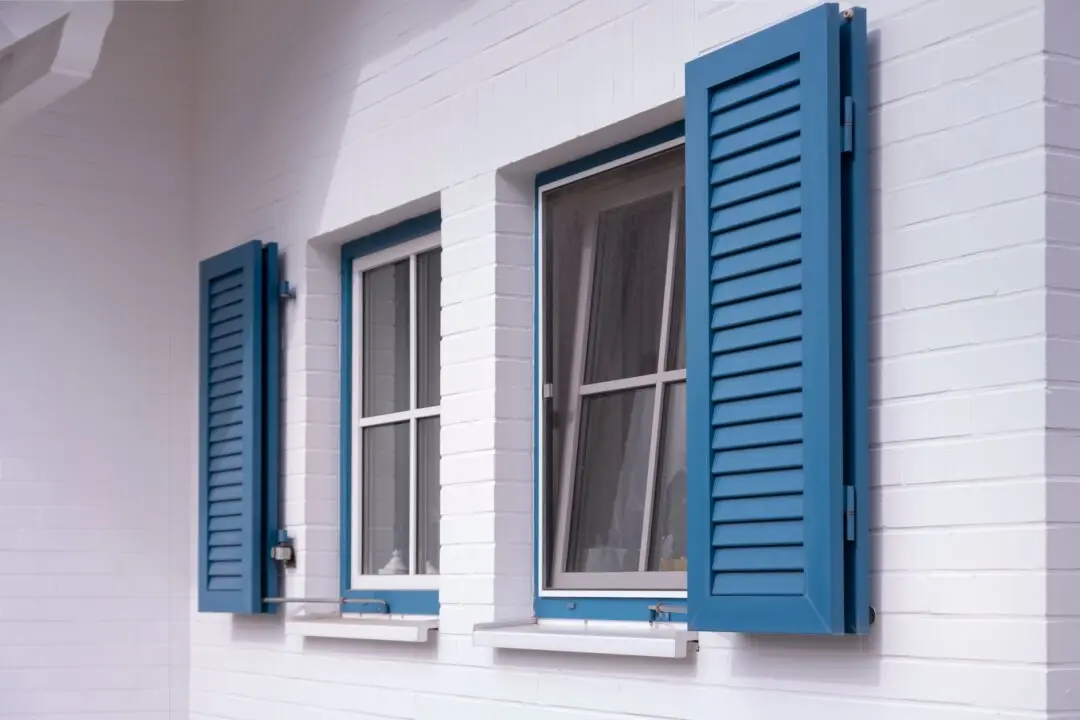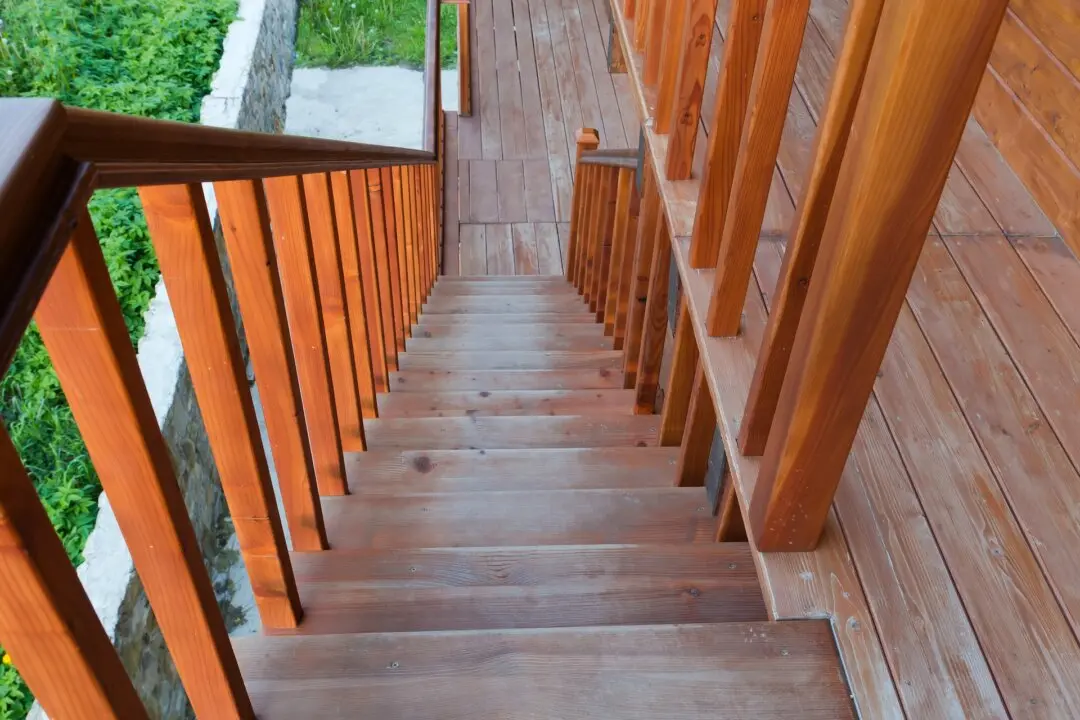Dear James: As hard as I try to keep it clean, there continues to be some dark mildew on the bathroom caulk. Should I just remove the old caulk and redo it?—Nick H.
Dear Nick: You can continue to try to clean it and make sure to dry it off after every shower or use of the sink. Your best option though is to remove the old caulk and recaulk it. Use new caulking that is labeled as mildew resistant.





